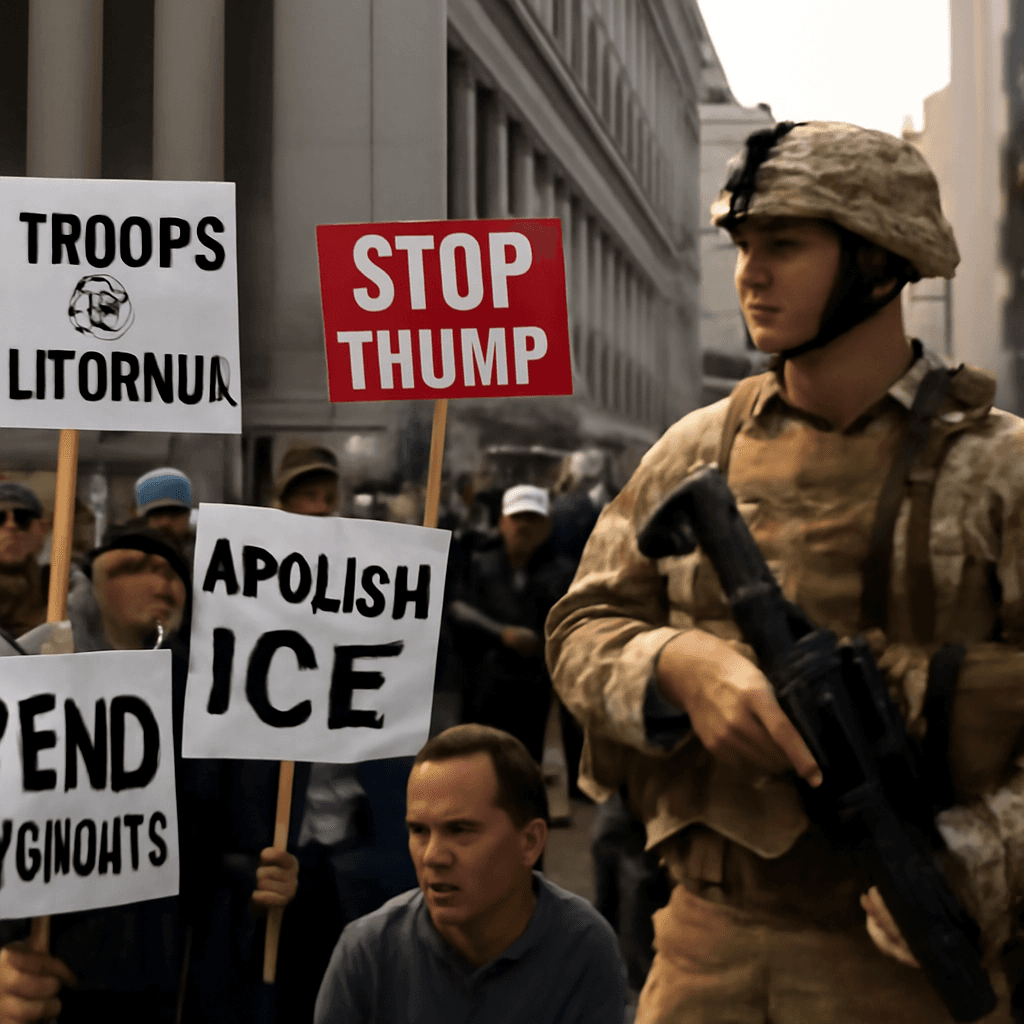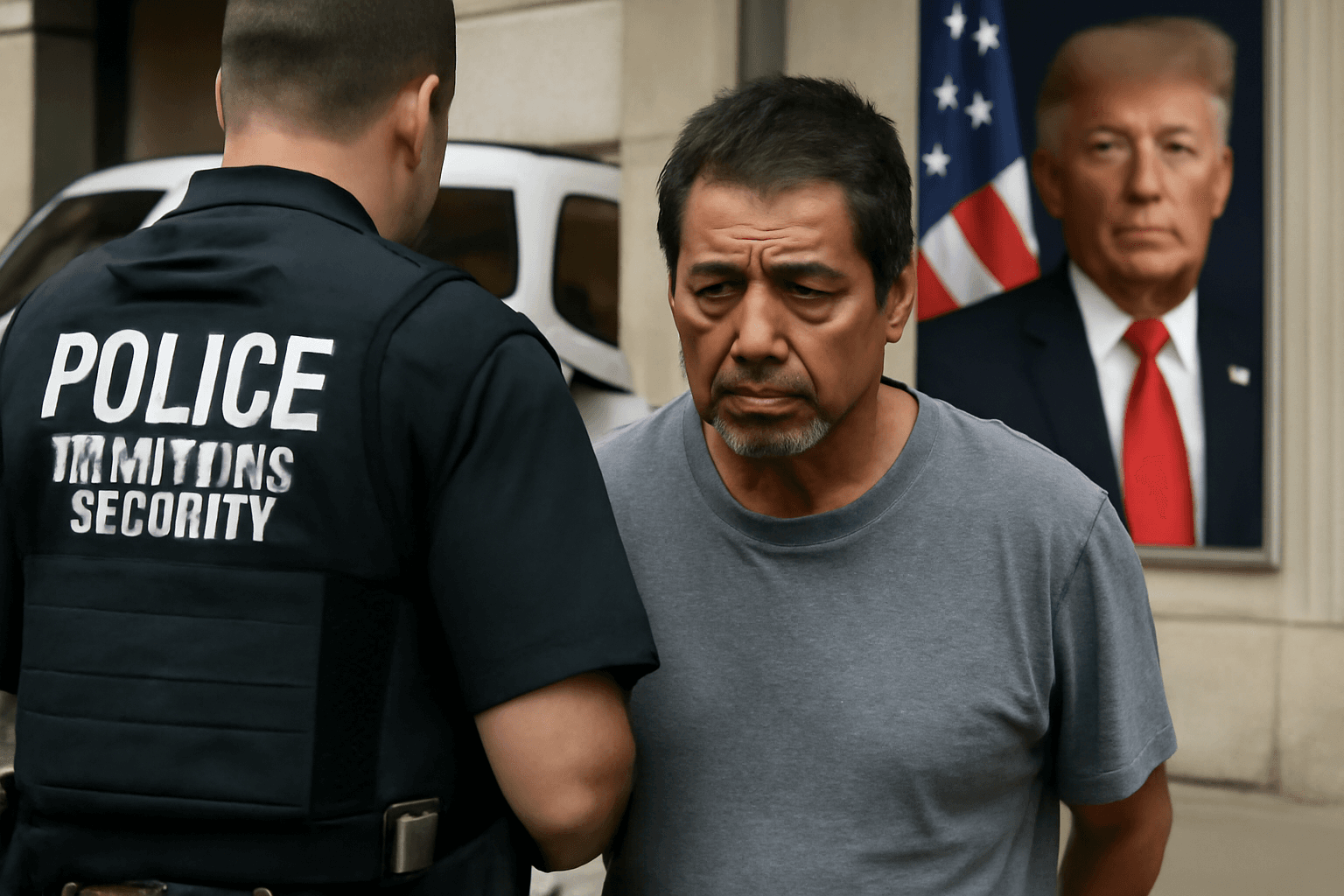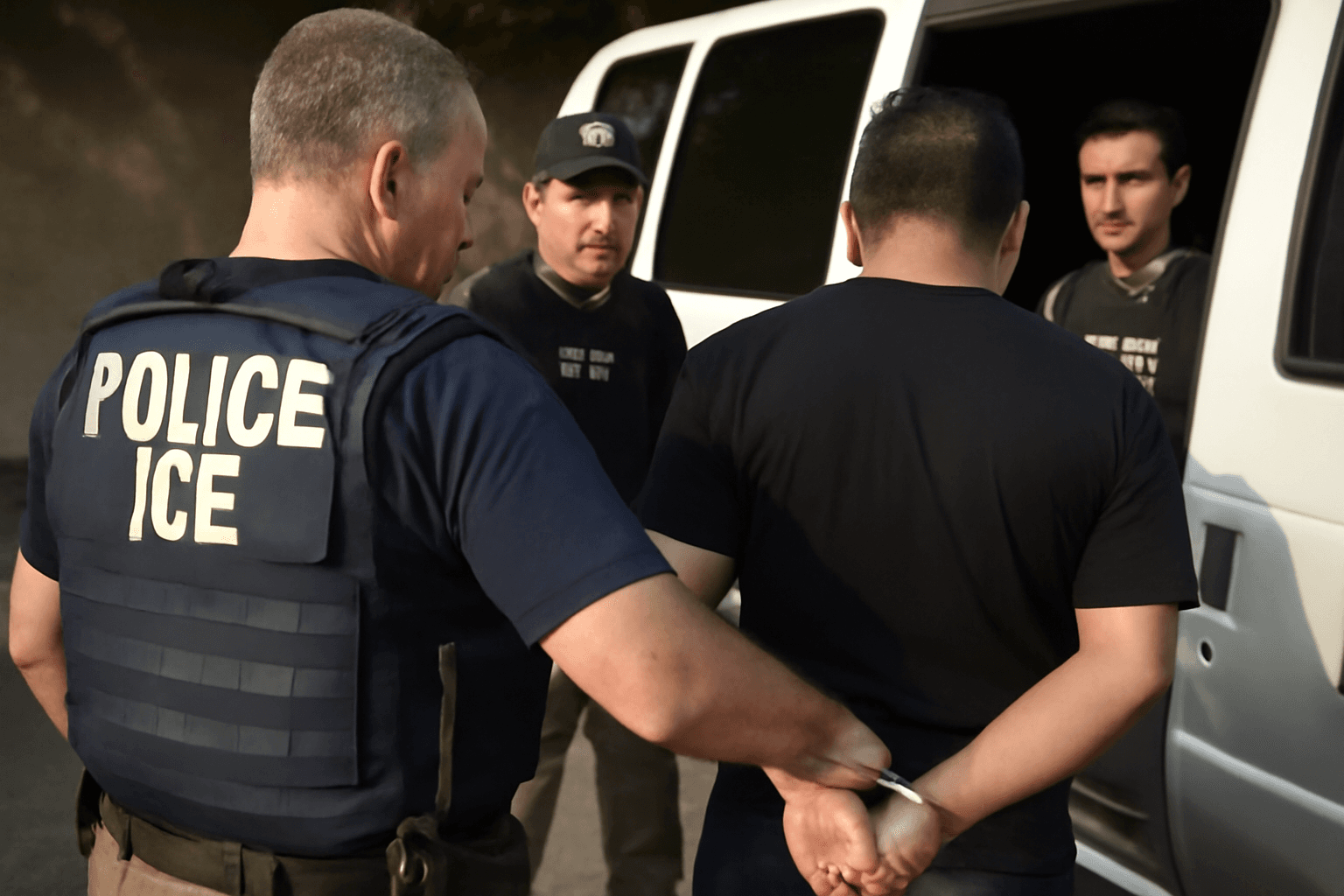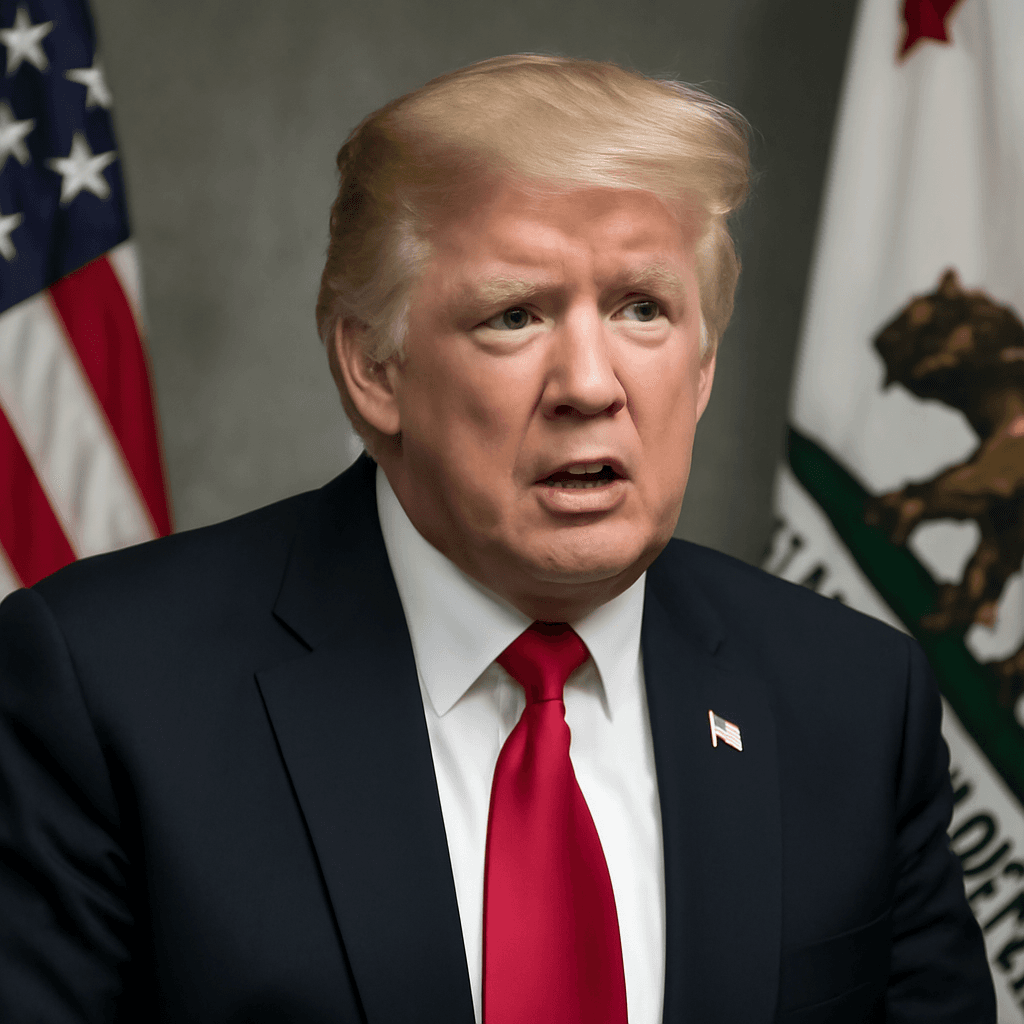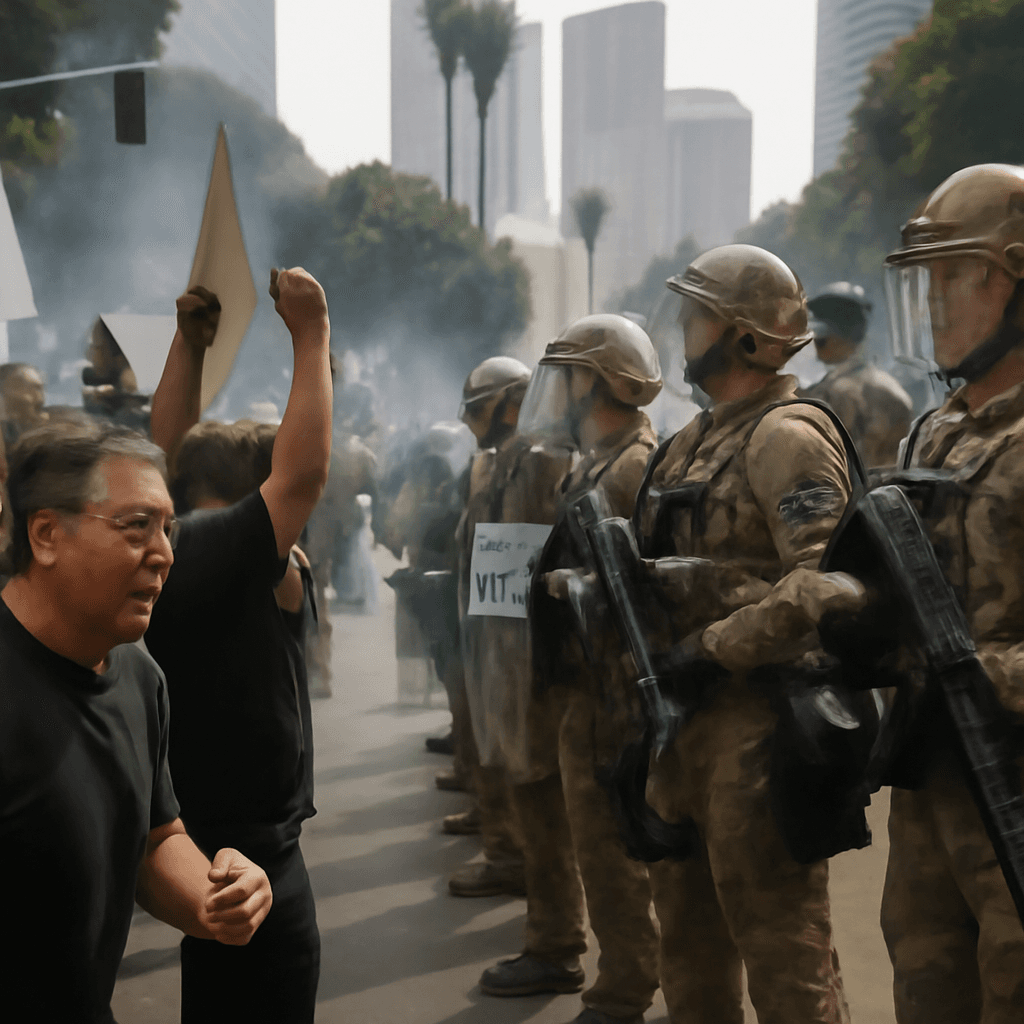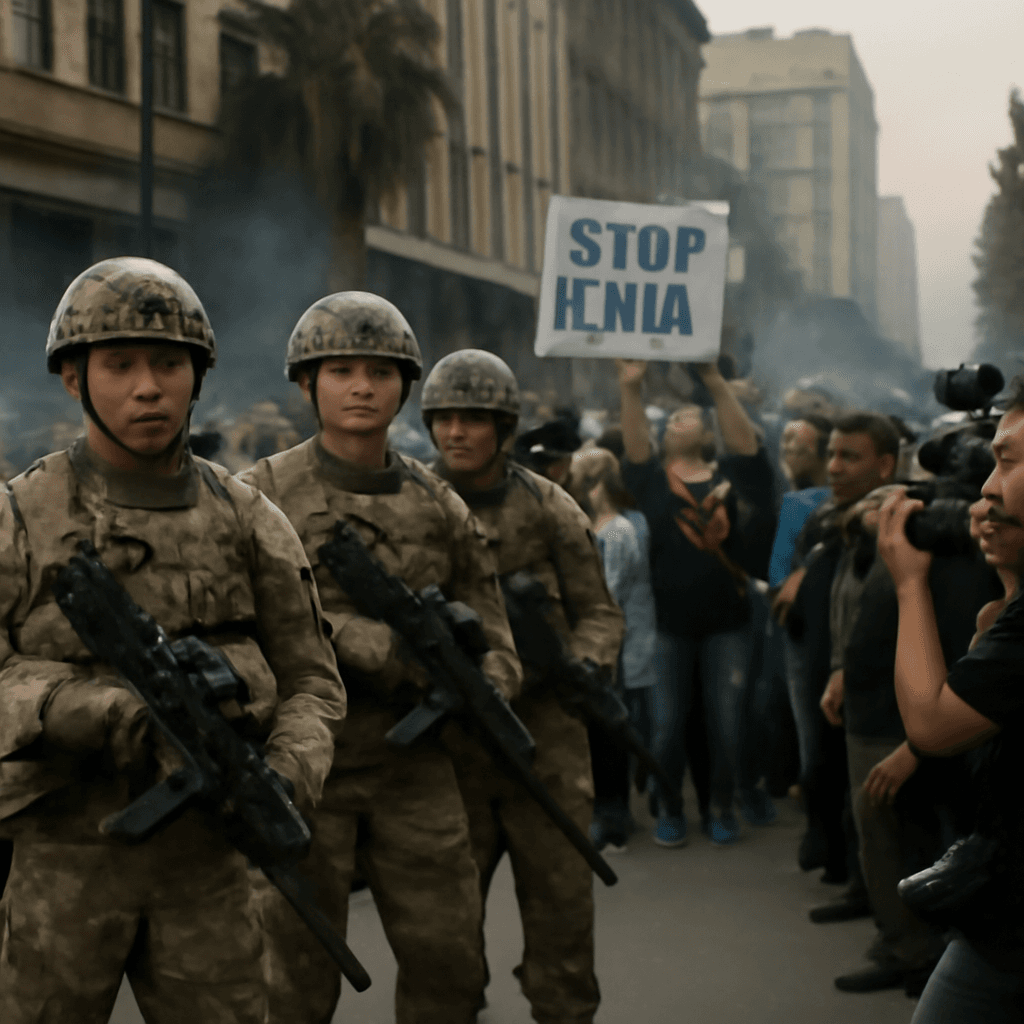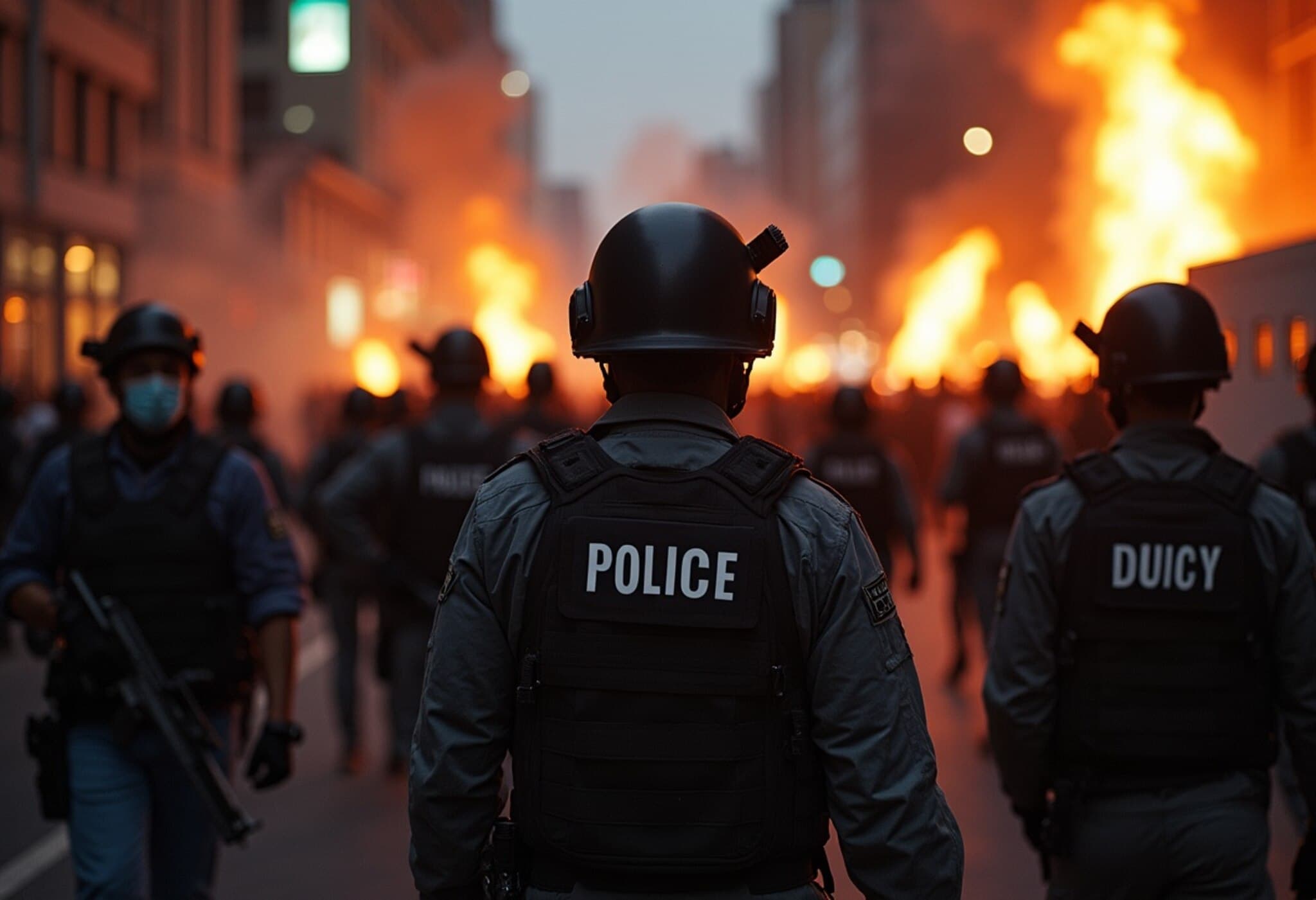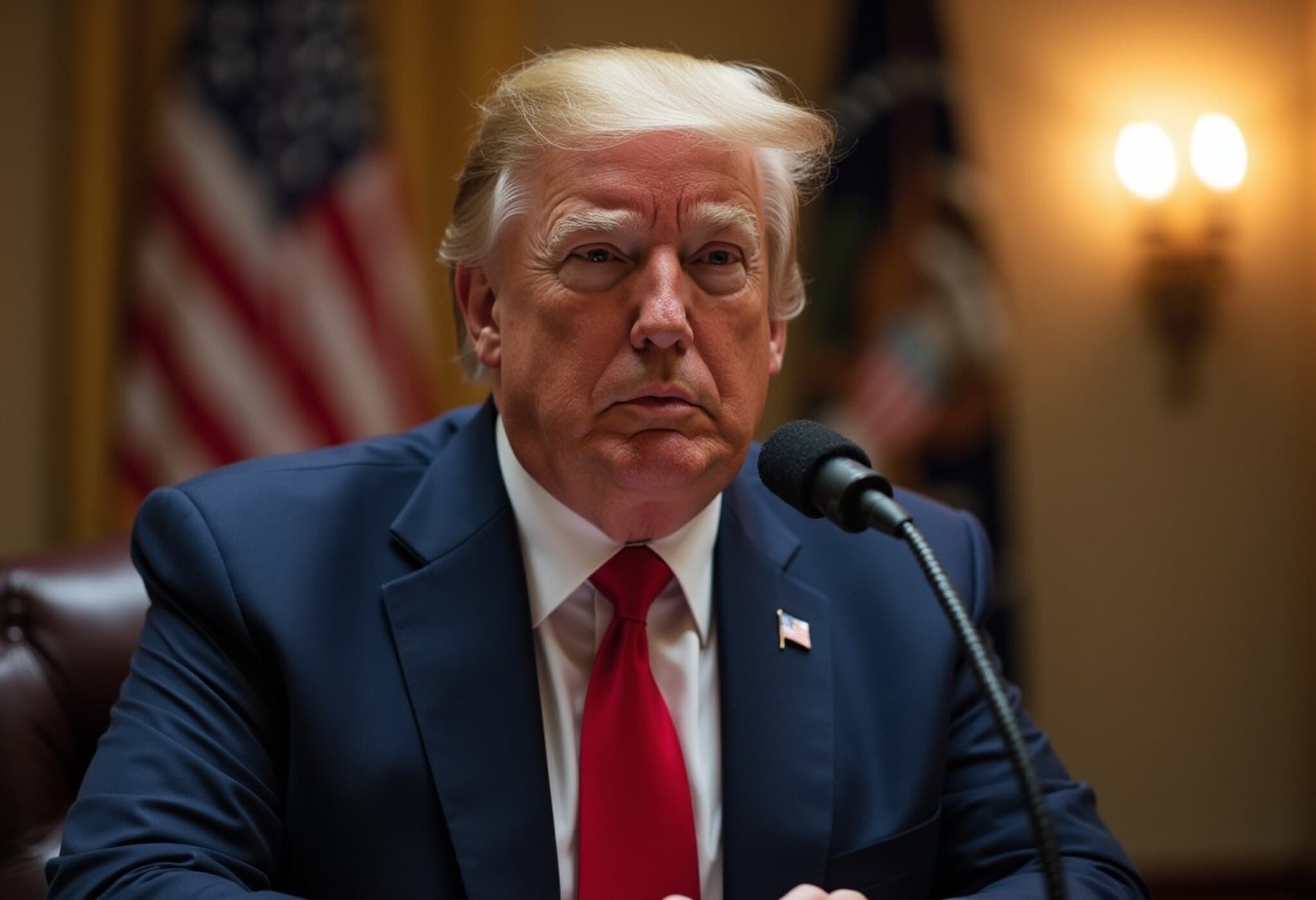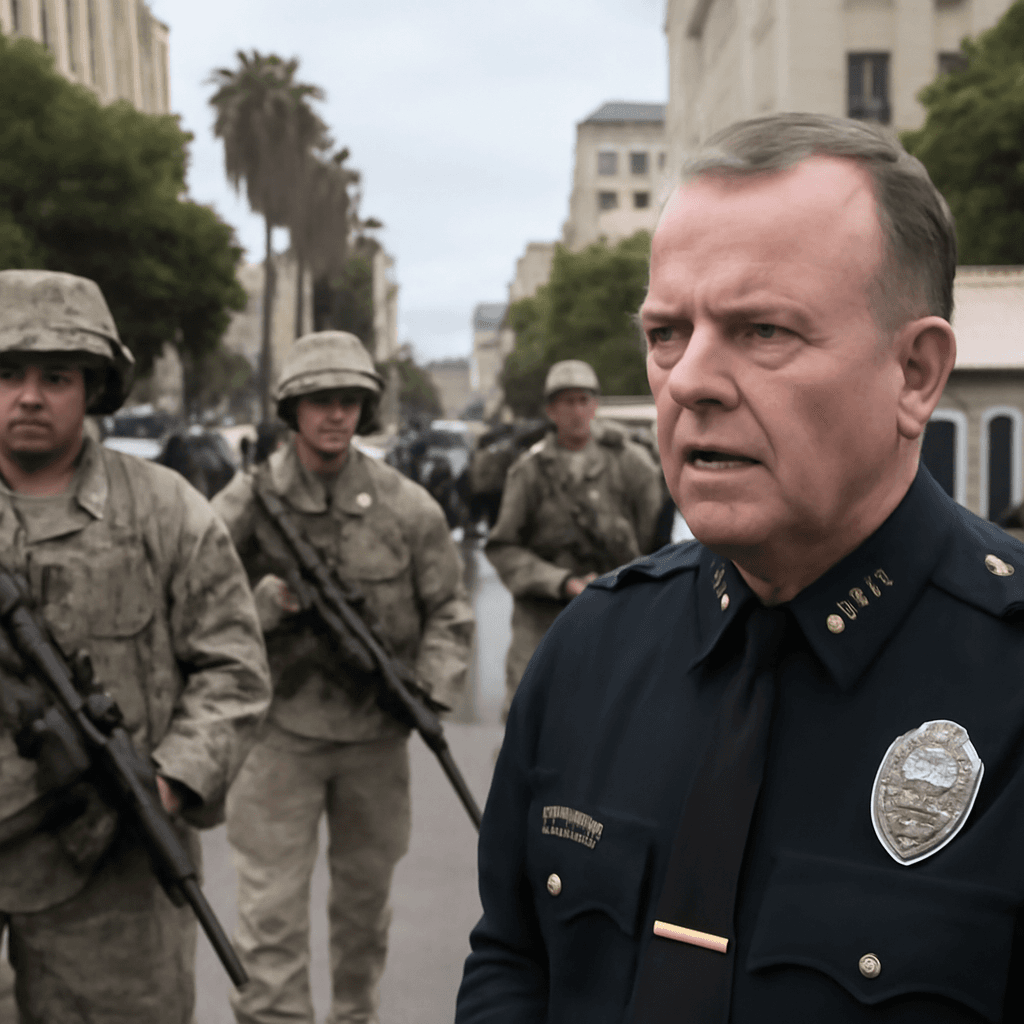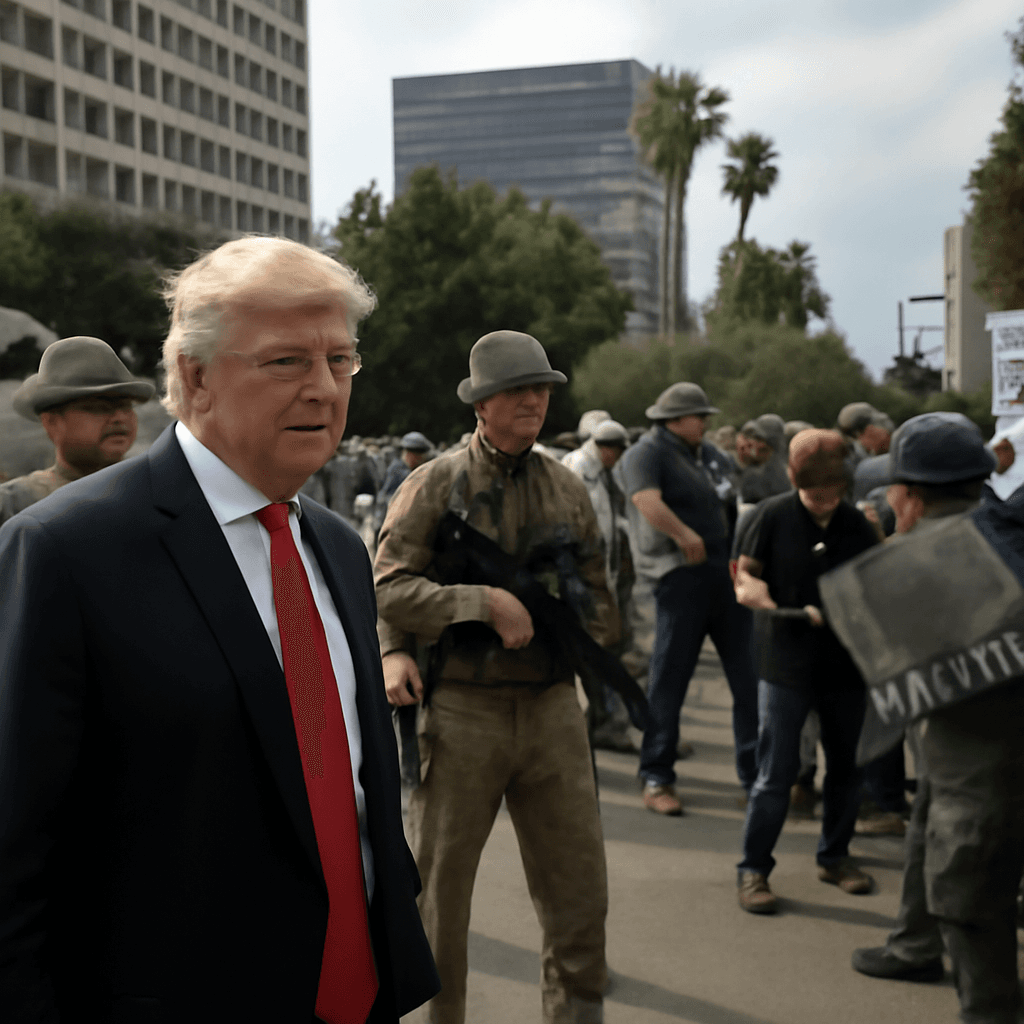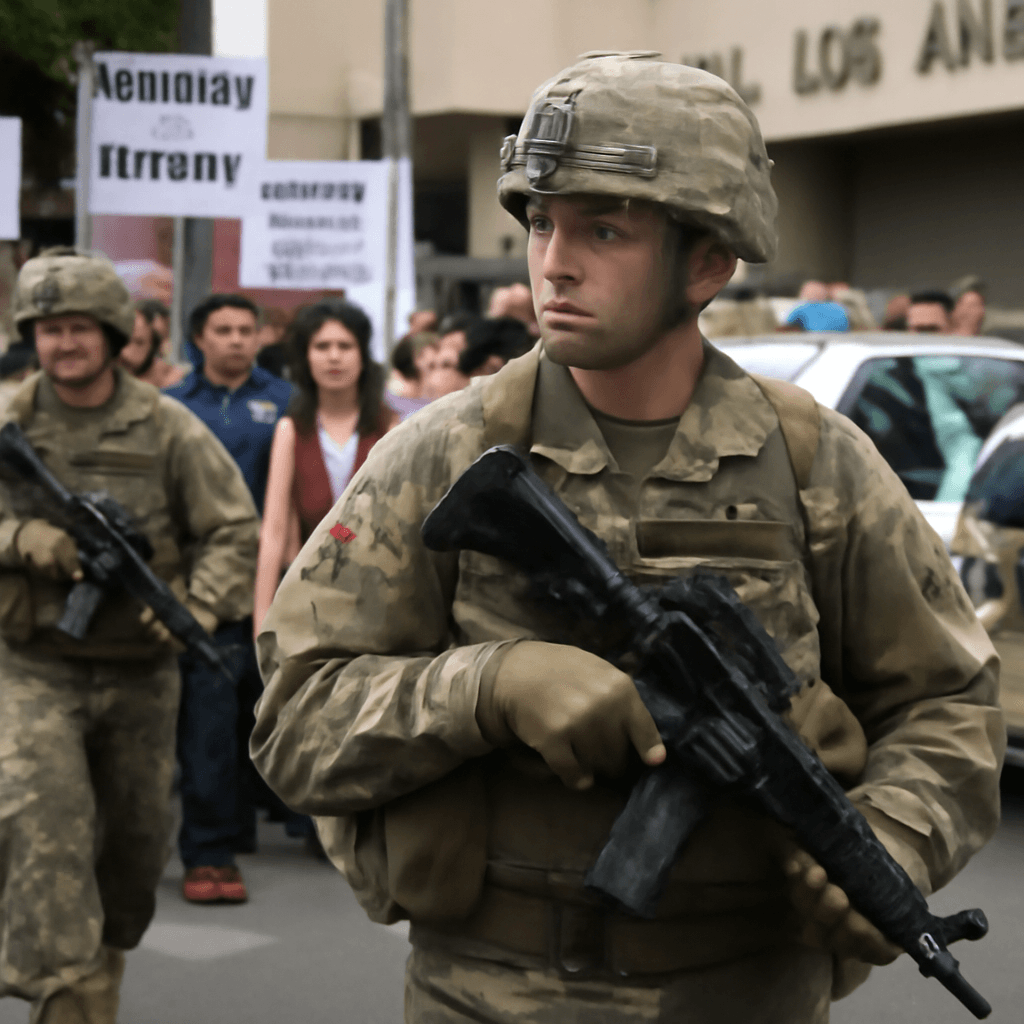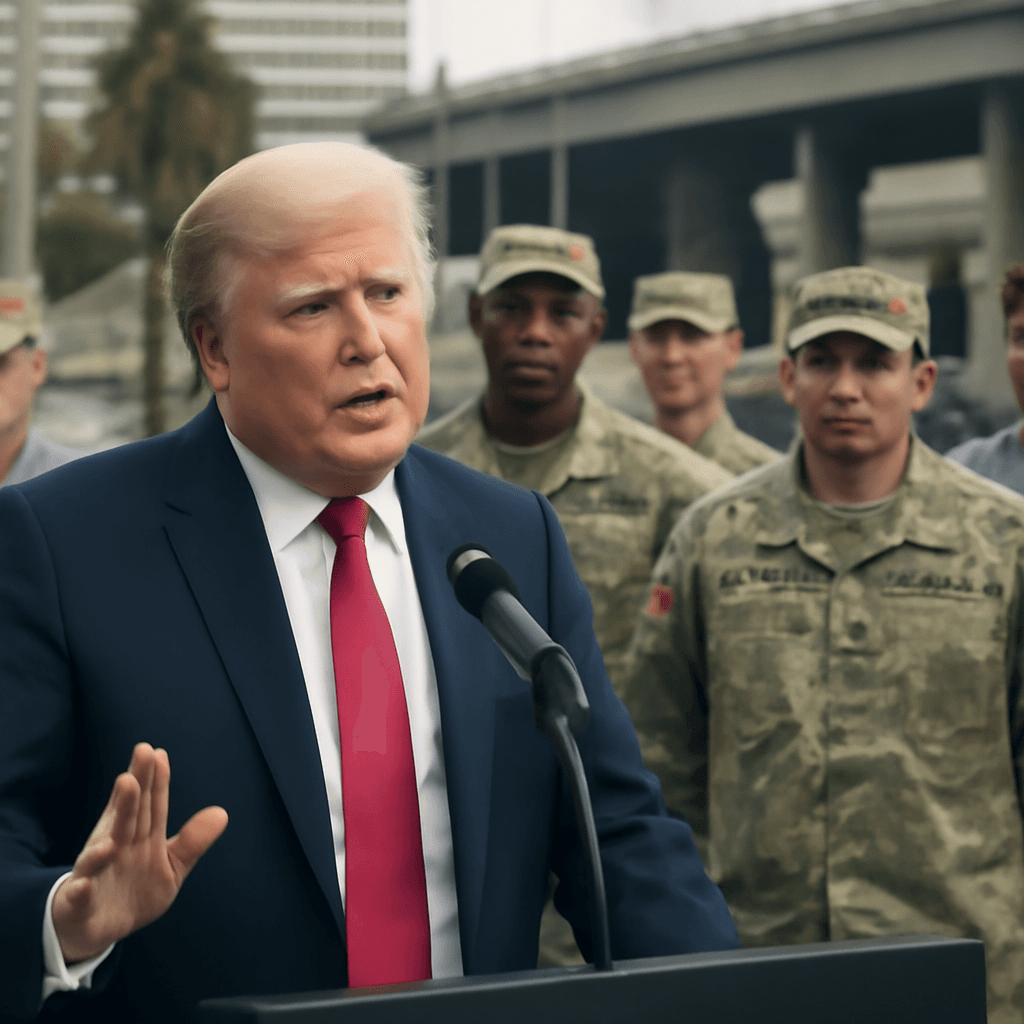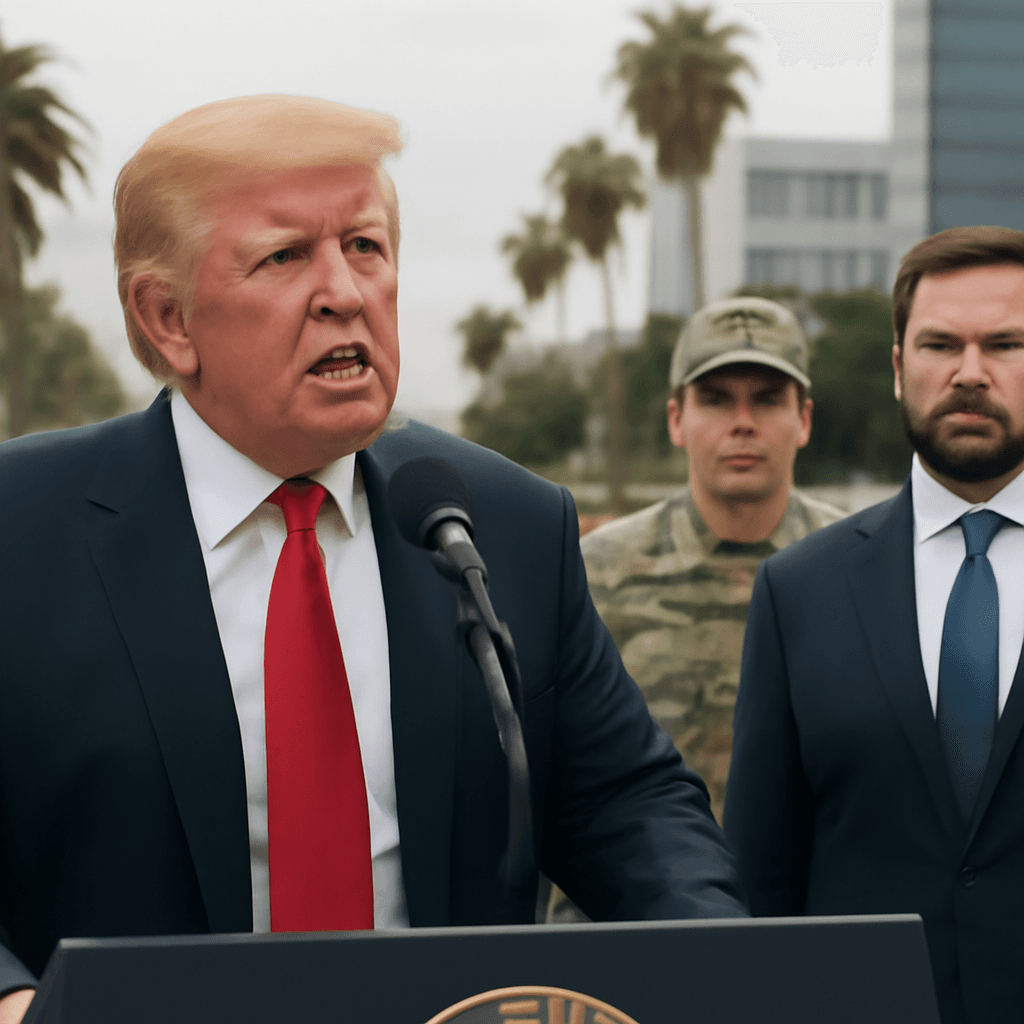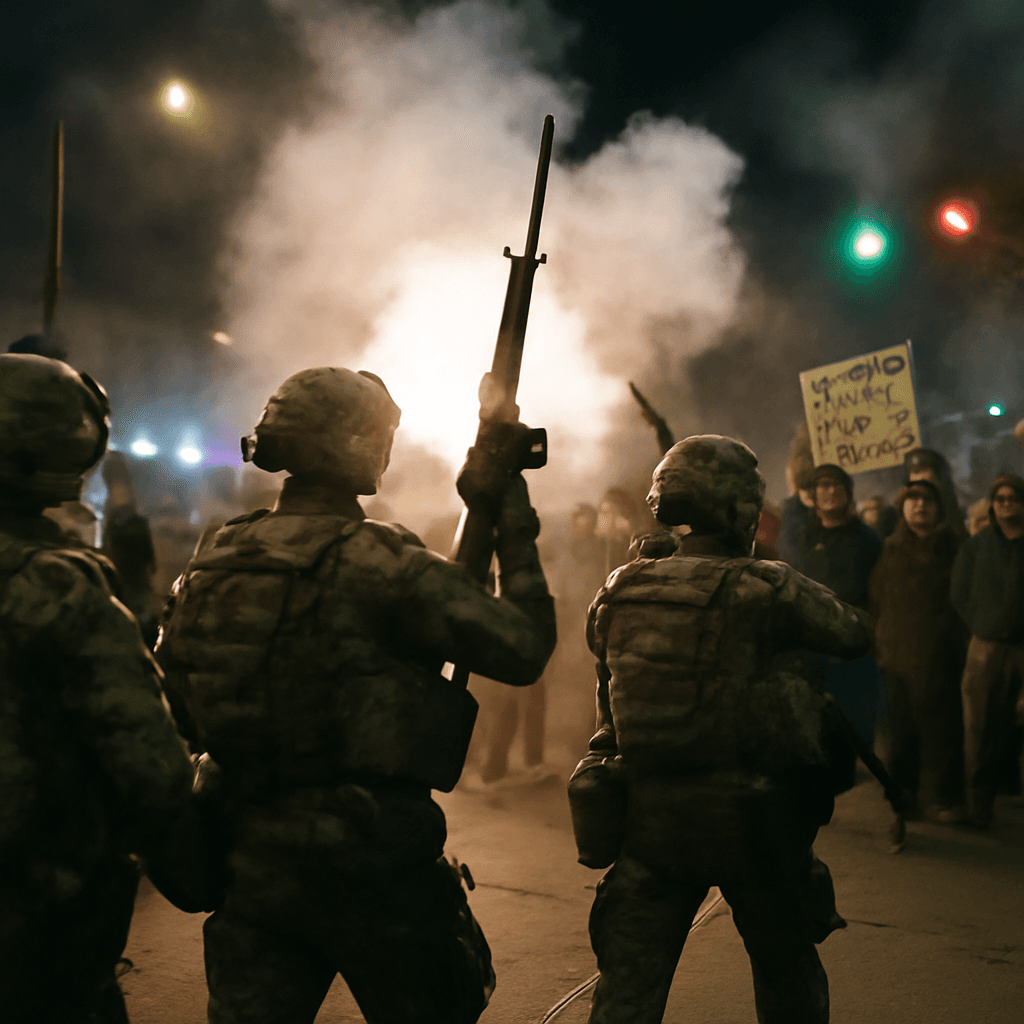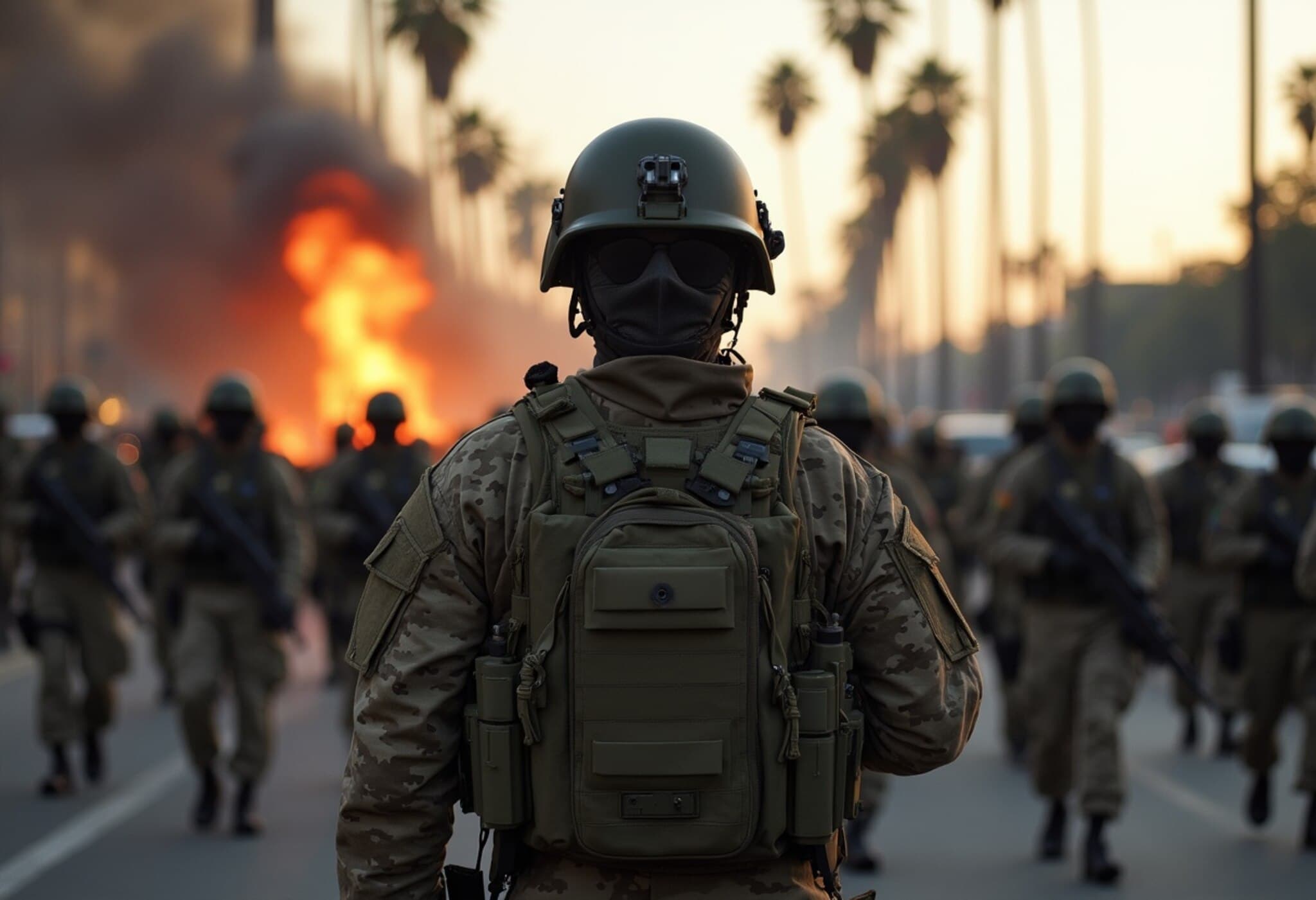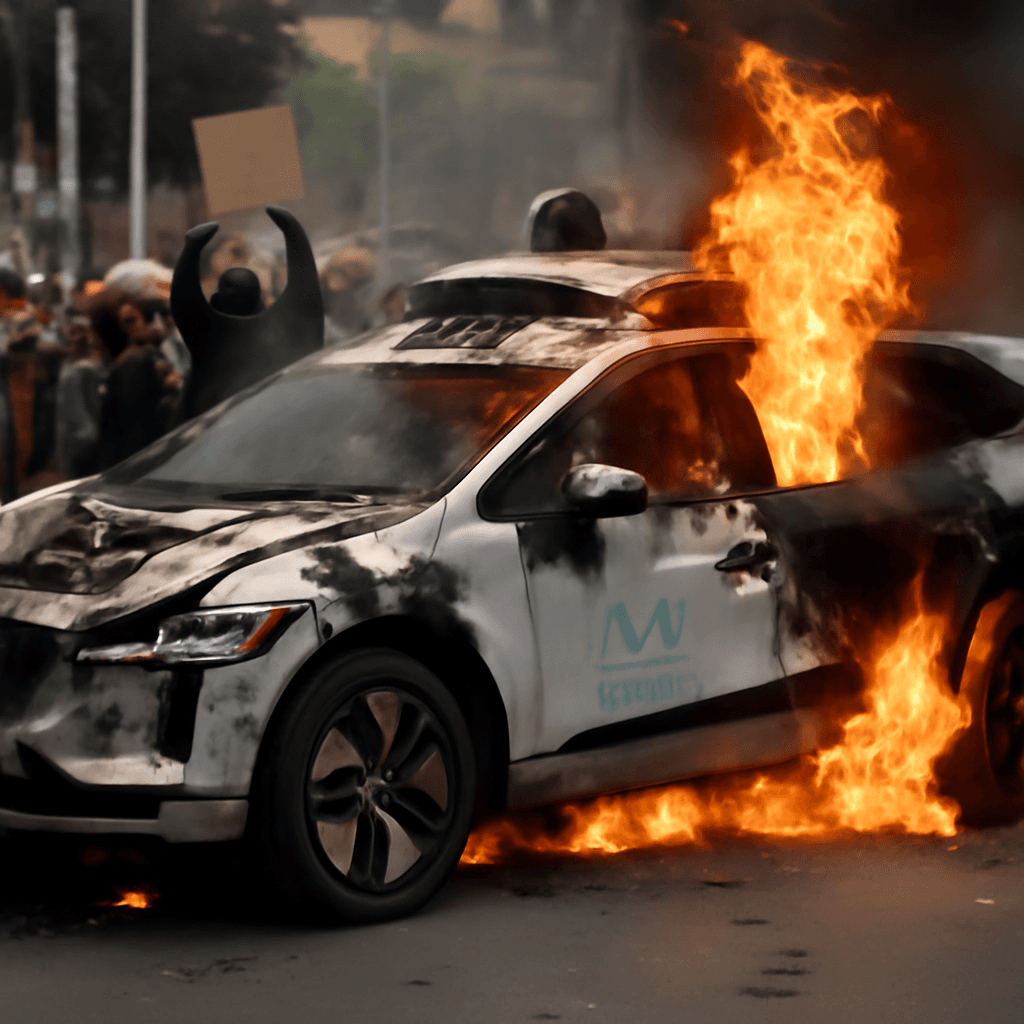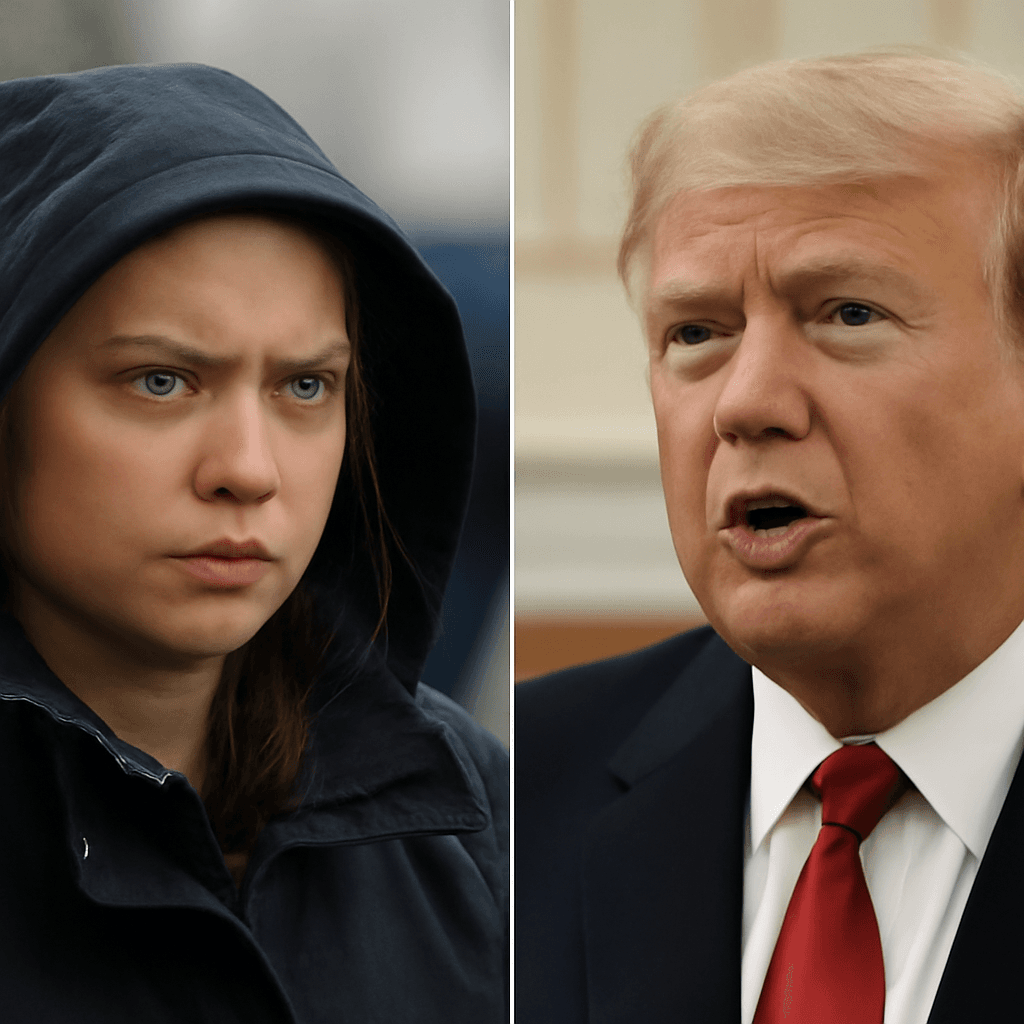Trump Orders Additional Troops as Immigration Protests Escalate in Los Angeles
In response to ongoing demonstrations against immigration policies, President Trump has authorized the deployment of approximately 700 Marines to Los Angeles. This move marks a significant escalation amid protests that have stretched into their fourth consecutive day, drawing hundreds of demonstrators outside a federal detention center holding immigrants.
Protests Intensify in Downtown Los Angeles
As crowds gathered near the detention facility, tensions flared. Police used flashbang grenades and fired rubber bullets to disperse protesters who had blocked streets, issuing loudspeaker warnings to clear the area. Demonstrators expressed their frustration by chanting slogans like "Pigs go home!" at National Guardsmen stationed in riot gear, while some banged on unmarked police vehicles passing through containment lines.
Military Reinforcements to Protect Federal Property
The Pentagon confirmed that a Marine battalion from Camp Pendleton is being sent to reinforce federal personnel and safeguard government property until more National Guard units arrive. US Secretary of Defense Pete Hegseth cited growing threats against federal officers and buildings as justification for the deployment. "We have an obligation to defend federal law enforcement officers—even if local leadership chooses otherwise," he said.
Though the situation appears volatile, the administration has not invoked the Insurrection Act, a law that would permit the military to engage directly in civilian law enforcement. For now, the Marines’ role remains protective rather than enforcement-oriented.
Local Authorities Respond with Concern
Los Angeles Police Chief Jim McDonnell expressed that his department had not received formal notification about the Marine deployment. He described it as posing significant logistical and operational challenges for city law enforcement.
California Pushes Back Against Federal Intervention
Meanwhile, the state of California has initiated legal action against the federal government to prevent the National Guard and Marines' deployment, citing violations of federal law and state sovereignty. Governor Gavin Newsom also revealed that federal authorities plan to deploy an additional 2,000 National Guard troops to Los Angeles on top of previous deployments.
Historical Context and Legal Boundaries
Deploying active-duty military troops domestically to assist with law enforcement is unusual and typically reserved for exceptional circumstances such as natural disasters or major national threats. The president holds authority to deploy the National Guard or military under specific conditions—including invasion, rebellion, or if regular forces cannot enforce the law.
The last prominent use of the military for direct police action in Los Angeles was during the 1992 riots following the Rodney King verdict, resulting in widespread damage and loss of life.
Widespread Impact of Immigration Policy Protests
The unrest was sparked by Trump’s aggressive immigration policies, including recent raids in Southern California. Protests have resulted in property damage—including the burning of self-driving vehicles—and minor injuries to police officers. Some protesters hurled concrete and bottles during confrontations.
The Trump administration maintains that previous leadership allowed excessive immigration, particularly criticizing Democratic-led cities for limiting cooperation with federal deportation efforts. The president has vowed to increase deportations, targeting at least 3,000 arrests daily along the U.S.-Mexico border.
While Los Angeles remains the focal point, demonstrations have also erupted in at least nine other cities nationwide, including New York, Philadelphia, and San Francisco.
As the situation continues to unfold, the balance between federal intervention and local authority remains under intense scrutiny, with the broader immigration debate at its core.

